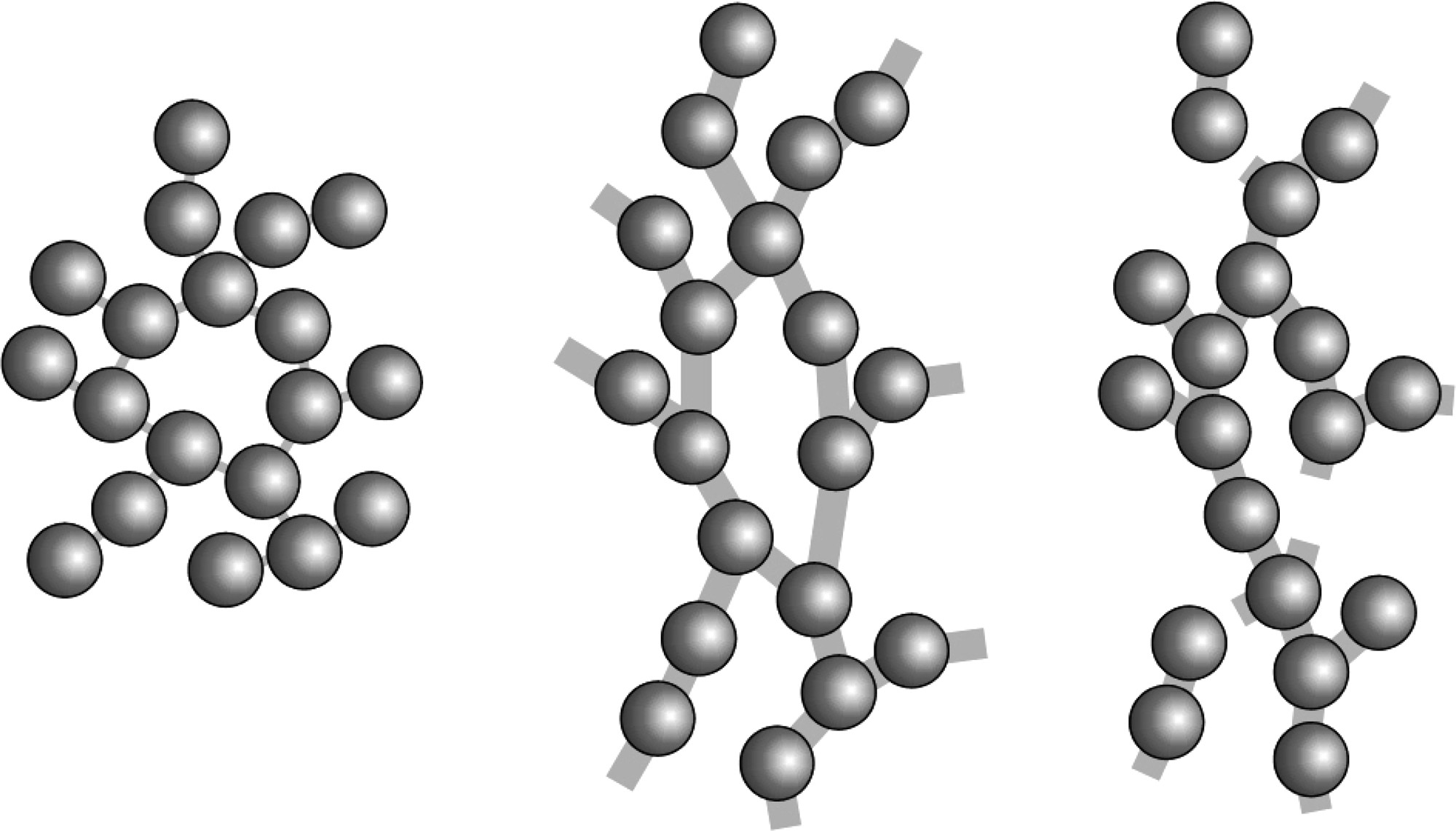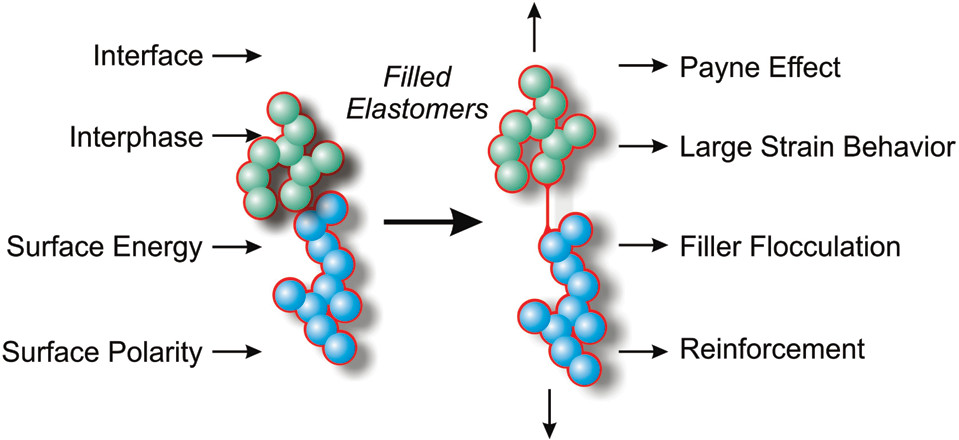Examples of longer chained functional polymer surface treatments for fumed silica include:
Silane coupling agents: Silane coupling agents are widely used to modify the surface of fumed silica particles. These agents typically have a longer chain length (e.g., C18) and contain functional groups such as amino, epoxy, or methacrylate. The silane coupling agent reacts with the surface of the fumed silica particle to form a covalent bond, creating a stable interface between the particle and the surrounding matrix. This can improve the dispersion of the fumed silica in the matrix and enhance the mechanical properties of the composite.
Polyethylene glycol (PEG): PEG is a water-soluble, non-toxic polymer that can be used to modify the surface of fumed silica particles. PEG can form hydrogen bonds with the hydroxyl groups on the surface of the silica particle, creating a stable coating. PEG can improve the dispersibility of the fumed silica in aqueous systems and can also enhance the rheological properties of the resulting dispersions.
Polysiloxanes: Polysiloxanes are long-chain polymers that contain silicon-oxygen bonds. They can be used to modify the surface of fumed silica particles through a hydrolysis and condensation reaction. The resulting polysiloxane coating can improve the thermal stability and chemical resistance of the fumed silica, as well as enhance the dispersibility of the particles in organic solvents.
Polyvinylpyrrolidone (PVP): PVP is a water-soluble polymer that can be used to modify the surface of fumed silica particles. PVP can form hydrogen bonds with the hydroxyl groups on the surface of the silica particle, creating a stable coating. PVP can improve the dispersibility of the fumed silica in aqueous systems and can also enhance the rheological properties of the resulting dispersions.
These are just a few examples of longer chained functional polymer surface treatments for fumed silica. Other polymers and surface treatments may also be used depending on the specific application and desired properties of the resulting composite material.

For steam resistance, longer chained functional polymer surface treatments for fumed silica that provide hydrophobicity and thermal stability would be ideal. Here are a few options:
Fluorinated silanes: Fluorinated silanes have long-chain alkyl groups and a fluorine atom at the end of the chain. The fluorine atom provides hydrophobicity, while the silane group can bond to the surface of the fumed silica. This surface treatment can improve the steam resistance of the fumed silica by reducing the absorption of water and protecting the silica from hydrolysis.
Polyimides: Polyimides are high-temperature-resistant polymers that can be used to modify the surface of fumed silica particles. The polyimide coating can provide thermal stability and hydrophobicity to the fumed silica, making it more resistant to steam exposure. Polyimides can be synthesized by reacting a diamine with a dianhydride, and the resulting polymer can be coated onto the surface of the fumed silica particles.
Silicone resins: Silicone resins are highly crosslinked polymers that can be used to modify the surface of fumed silica particles. The silicone resin coating can provide thermal stability and hydrophobicity to the fumed silica, making it more resistant to steam exposure. Silicone resins can be synthesized by reacting a silicone precursor with a crosslinker, and the resulting polymer can be coated onto the surface of the fumed silica particles.
These longer chained functional polymer surface treatments for fumed silica can improve steam resistance by providing hydrophobicity and thermal stability to the fumed silica particles. The specific treatment chosen will depend on the application and the desired properties of the resulting composite material.
 (909) 987-1774
(909) 987-1774 Email Us
Email Us








